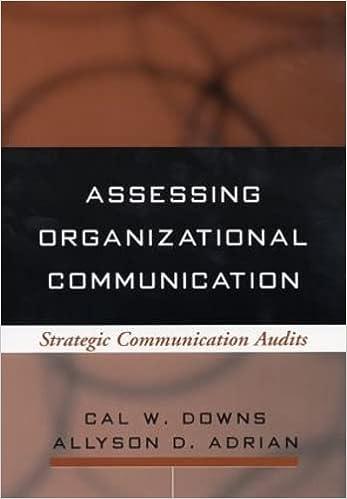Answered step by step
Verified Expert Solution
Question
1 Approved Answer
Please match the following with the descriptions below: A. Cost Principle I. Balance sheet B. Accounting J. Accounts receivable C. Full disclosure principle K. Separate
Please match the following with the descriptions below:
A. Cost Principle
I. Balance sheet
B. Accounting
J. Accounts receivable
C. Full disclosure principle
K. Separate entity concept
D. Monetary measurement concept
L. Conservatism
E. Revenue recognition principle
M. Expense recognition principle
F. Perpetual inventory system
N. Net Income
G. Temporary (nominal) account
O. Sales discount
H. Periodic inventory system
1. ______ if uncertainty in a potential financial estimate, a company should err on the side of caution and report the most conservative amount.
2. ______ outstanding customer debt on a credit sale, typically received within a short time period.
3. ______ process of organizing, analyzing, and communicating financial information that is used for decision-making.
4. ______ also known as the historical cost principle, states that everything the company owns or controls (assets) must be recorded at their value at the date of acquisition.
5. ______ (also referred to as the matching principle) matches expenses with associated revenues in the period in which the revenues were generated.
6. ______ business must report any business activities that could affect what is reported on the financial statements.
7. ______ system of using a monetary unit by which to value the transaction, such as the US dollar.
8. ______ period of time in which you perform the service or gave the customer the product.
9. ______ business may only report activities on financial statements that are specifically related to company operations, not those activities that affect the owner personally.
10. ______ financial statement that lists what the organization owns (assets), owes (liabilities), and is worth (equity) on a specific date.
11. _______ Account that is closed at the end of each accounting period, and includes income statement, dividends, and income summary accounts.
12. _______ Reduction in the selling price offered to customers who pay their account within the discount period.
13. _______ When revenues and gains are greater than expenses and losses.
14. _______ System that automatically updates and records the inventory account every time a sale or purchase of inventory occurs.
15. _______ Updates and records the inventory account at certain, scheduled times at the end of an operating cycle.
Step by Step Solution
There are 3 Steps involved in it
Step: 1

Get Instant Access to Expert-Tailored Solutions
See step-by-step solutions with expert insights and AI powered tools for academic success
Step: 2

Step: 3

Ace Your Homework with AI
Get the answers you need in no time with our AI-driven, step-by-step assistance
Get Started


